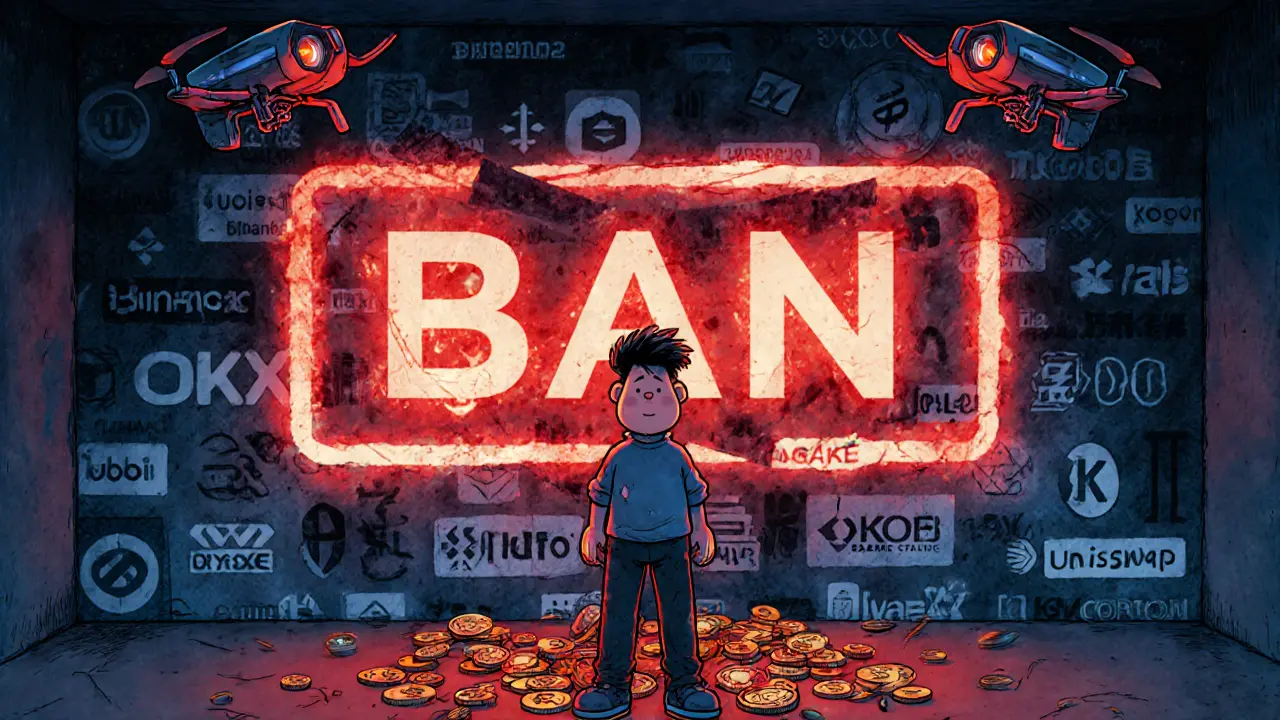Crypto Exchanges China Ban: What Happened and How It Changed Global Crypto
When Crypto Exchanges China ban, the 2021 government decision that shut down all domestic cryptocurrency trading platforms and mining operations. Also known as China’s crypto crackdown, it wasn’t just a policy change—it was a seismic shift that sent shockwaves through the entire global crypto market. Before the ban, China controlled over 70% of Bitcoin mining and hosted the biggest crypto exchanges like Huobi and OKX. Then, overnight, those platforms either shut down or moved overseas. The government didn’t just say "no"—they cut power to mining farms, blocked payment gateways, and fined anyone trying to bypass the rules.
The ban wasn’t about stopping innovation. It was about control. China wanted to protect its financial system from what it saw as unregulated risk, prevent capital flight, and push people toward its own digital currency, the digital yuan. But here’s the twist: people didn’t stop using crypto—they just got smarter. Peer-to-peer trading exploded. Over-the-counter desks thrived. And wallets became the new bank accounts. Meanwhile, countries like the UAE, Singapore, and even Nigeria saw a surge in crypto activity as traders and developers fled China’s restrictions. This isn’t just a story about a country saying no—it’s about how the world adapted when the biggest player walked away from the table.
What you’ll find in the posts below isn’t just news about China. It’s the ripple effect. You’ll see how similar bans in Vietnam and South Korea play out, how regulators in the EU and Philippines respond to unlicensed platforms, and why even "decentralized" exchanges like dYdX still block users based on location. You’ll learn about frozen assets, AML rules, and how real people still trade crypto despite the laws. The China ban didn’t kill crypto. It forced it to evolve—and the lessons are everywhere.
